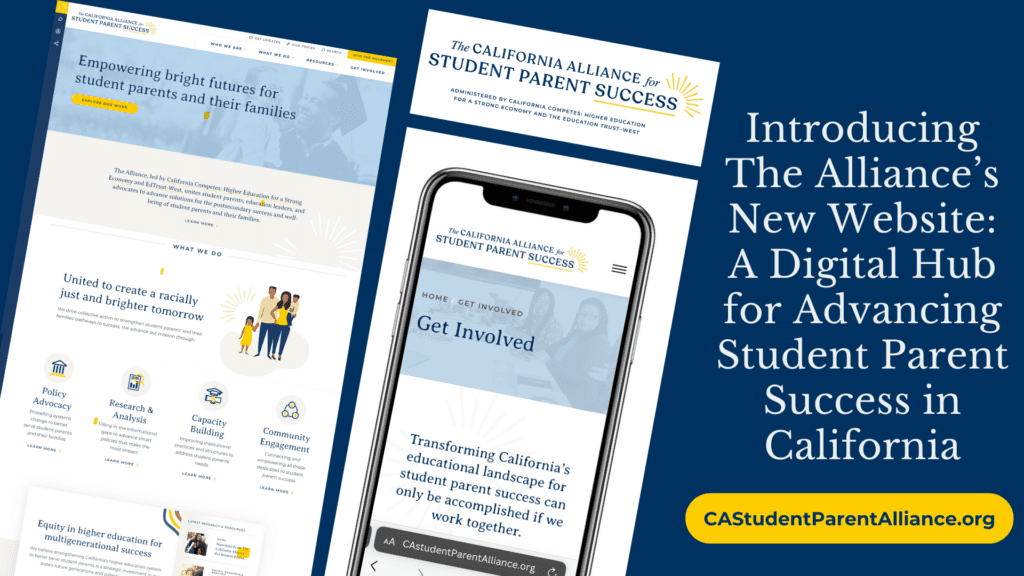
California is home to the highest poverty rates in the nation, and the chasm between the richest and poorest is deep and wide. The issue of income disparity has emerged as one of the largest problems facing our state, and greater access to meaningful postsecondary degrees and credentials is one powerful solution. A new brief released today by California Competes provides evidence of the varying rates of college success and economic mobility among California populations. We examine the data by race/ethnicity, gender, and region, revealing the state has made little progress in addressing these inequities. Our research highlights the challenges these groups face on the path from high school to postsecondary education to the workforce. The brief, Opportunity Imbalance: Race, Gender, and California’s Education-to-Employment Pipeline, which includes individual fact sheets for the state’s largest racial/ethnic groups, unearths alarming trends that have led to an imbalance of opportunity in California for economic success and workforce readiness. As our research demonstrates, California produces plenty of good jobs, but too few are trained to fill them. Consequently, millions of Californians live in the cycle of poverty. Specifically, our data shows:
- Latinos in California earn the lowest median wages of all racial/ethnic groups, but they also show the largest improvements in high school completion and college enrollment.
- Gender differences in high school and college outcomes are particularly pronounced for Black Californians. Black women have much stronger educational outcomes than Black men.
- Native Americans in California suffer from the lowest workforce participation rate.
Addressing inequities in our education-to-employment pipeline is critical to close California’s looming degree and credential gap of more than 2 million and ensure that the ideal of the California dream is accessible to all.
To secure California’s future strong economy, the state must incorporate an equity lens in its approach to improving outcomes for California’s students and workforce. These two important public policy measures are critical to effectively target and correct pipeline inequities:
- California needs a statewide, comprehensive education data system that incorporates P-12, postsecondary, and workforce outcomes with individual student identifiers and allows for disaggregation by race/ethnicity.
- California needs a statewide higher education coordinating entity. A state agency for higher education is the most appropriate entity to own the data and its analysis and to hold the state and its various higher education segments accountable for equitable educational and economic outcomes. California is one of only two states without comprehensive oversight or coordination of higher education systems.
Access the factsheets for California’s largest racial/ethnic groups: Latino, White, Asian, Black, Native American, and Pacific Islander.



